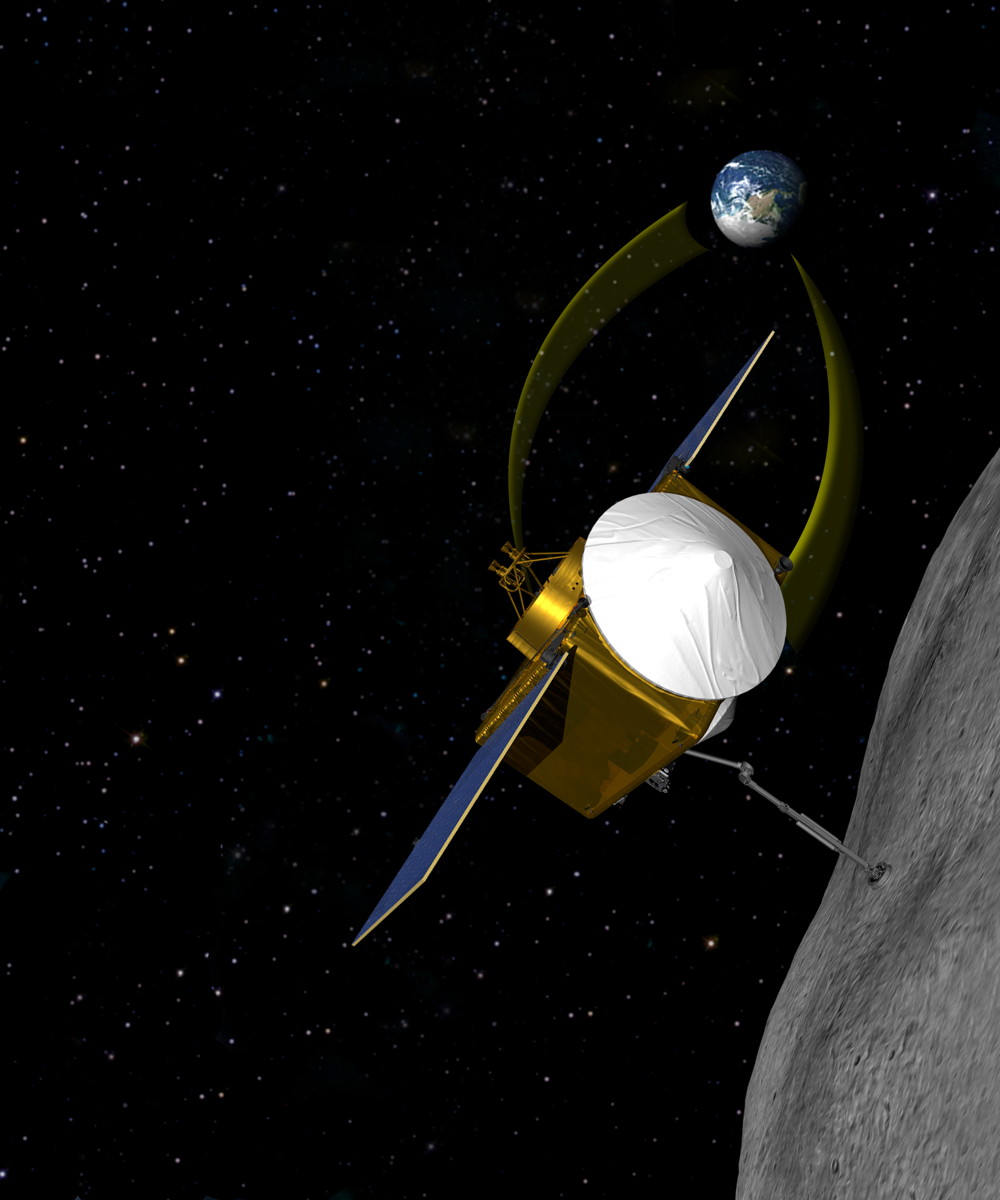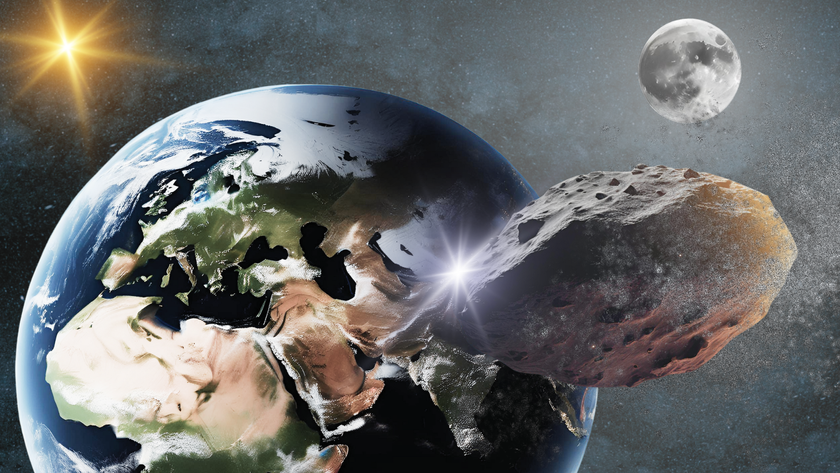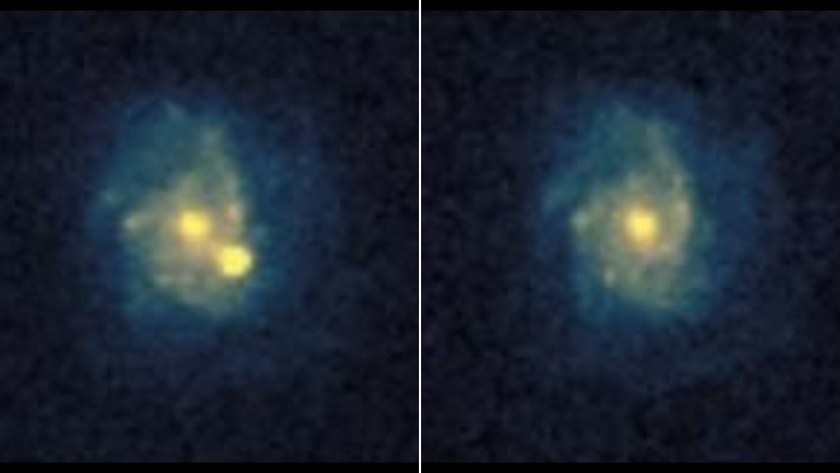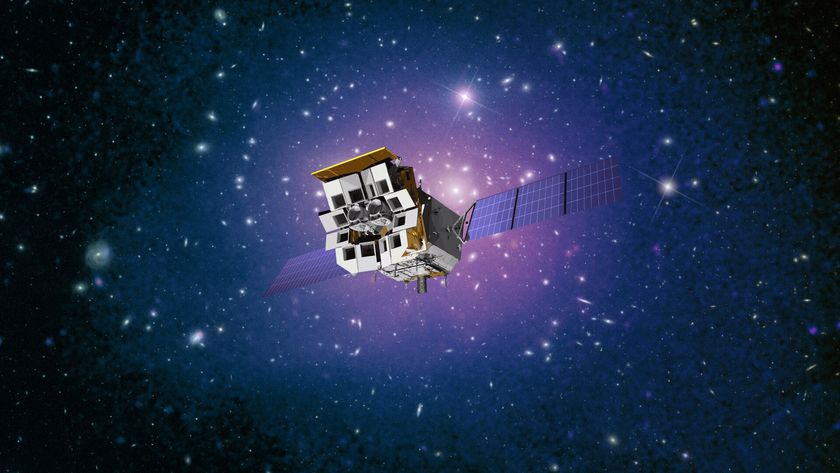NASA Picks Rocket to Launch Asteroid Sample-Return Mission

NASA has picked the rocket that will launch a spacecraft to a near-Earth asteroid in 2016 to collect samples of the space rock and return them to Earth.
The U.S. space agency has tapped an Atlas 5 rocket built by the Englewood, Colo.-based company United Launch Services to launch the asteroid-sampling OSIRIS-Rex mission. The $800 million asteroid mission will launch from Florida's Cape Canaveral Air Force Station in September 2016.
The OSIRIS-Rex spacecraft will collect samples of the asteroid 101955 Bennu, which is on the agency's watch list for potentially dangerous asteroids that could pose an impact threat to Earth. The asteroid has a 1-in-1,000 chance of hitting Earth in 2182, so taking a close look at it will help scientists develop deflection methods, should it actually be required.
"OSIRIS-REx will survey near-Earth asteroid 101955 Bennu to understand its physical, mineralogical and chemical properties; assess its resource potential; refine the impact hazard; and return a sample to Earth," NASA officials wrote in a statement. "The spacecraft will rendezvous with the asteroid in 2018. Sample return is planned in 2023. Analysis of the sample returned will reveal the earliest stages of the solar system's evolution and the history of Bennu over the past 4.5 billion years."
Under NASA's $183.5 million contract with the United Launch Services, the launch provider will oversee payload processing, integrated services, telemetry and other launch support requirements.
OSIRIS-REx — which is short for Origins-Spectral Interpretation-Resource Identification-Security-Regolith Explorer — is scheduled to rendezvous with the 1,840-foot-wide (560 meters) space rock in 2018 and then return the samples to Earth in 2023.
Researchers are also hoping to use the asteroid samples to learn about the earliest stages of the solar system's evolution and what Bennu has been up to over the past 4.5 billion years. The spacecraft will also help scientists study the Yarkovsky effect, a push from the sun's radiation that can alter an asteroid's orbit, NASA said.
Get the Space.com Newsletter
Breaking space news, the latest updates on rocket launches, skywatching events and more!
Follow Megan Gannon on Twitter and Google+. Follow us @SPACEdotcom, Facebook or Google+. Originally published on SPACE.com.
Join our Space Forums to keep talking space on the latest missions, night sky and more! And if you have a news tip, correction or comment, let us know at: community@space.com.

Megan has been writing for Live Science and Space.com since 2012. Her interests range from archaeology to space exploration, and she has a bachelor's degree in English and art history from New York University. Megan spent two years as a reporter on the national desk at NewsCore. She has watched dinosaur auctions, witnessed rocket launches, licked ancient pottery sherds in Cyprus and flown in zero gravity on a Zero Gravity Corp. to follow students sparking weightless fires for science. Follow her on Twitter for her latest project.
Most Popular




